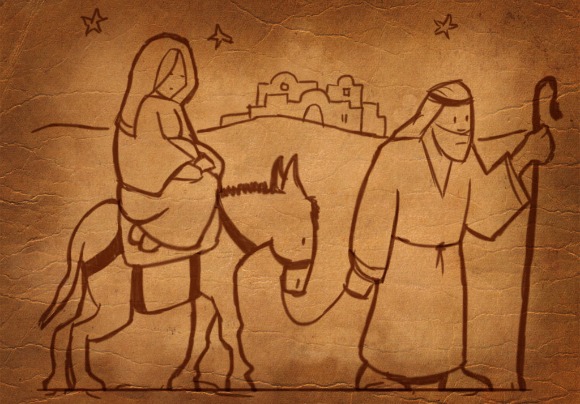How to Write a Children\’s Christmas Story

Whether you are an aspiring writer, or simply looking to make a fun and creative holiday gift, writing a Christmas story for children can be an enjoyable, but surprisingly difficult task. In addition to being narrated using vocabulary that is appropriate for children, the story also needs to be interesting, with great characters, plenty of descriptive detail to satisfy curious young minds, and a well-developed, linear plot which children can follow easily.
Instructions
-
1
Begin by choosing the sort of story you will be writing. Is it fiction, or non-fiction? Fiction requires a great deal of creativity, and will stimulate the imaginations of children, while non-fiction is more fact-based, and tends to appeal to teachers and children alike. In accordance with the category your story will fit into, you will also need to choose your setting, and decide whether it should be historical or contemporary.
-
2
Next, decide which age group you will be writing for. It is essential to determine your target audience before you begin writing, so you can tailor the content to that particular age group, in terms of factors like language, word count, etc. Once you decide on an age group, read some books that have been written for that specific target audience, to get a feel of the sort of content that is required.
-
3
Now, select the theme for your story – is it religion-oriented, or more of a secular tale? This will prove to be the crux of your story – e.g. you can choose to retell the Nativity story, share a cultural Christmas tradition that is practised in a foreign country, or tell the story of an elf that lives in the North Pole.
-
4
Then, flesh out the characters in the story. Give them intriguing personalities, make sure you outline the appearances of the major characters, and give them all interesting names. Next, move on to developing the setting in which your story will take place, and if required, conduct research to make it accurate and more interesting. For example, if it is a historical story, or set in another country, research the Christmas attire, foods, and traditions that are particular to that era/region.
-
5
After this is done, create a rough outline of the story – this will be the plot line, and you can develop it as you go. The outline can be as simple as one sentence, to a delineation of every single detail in the story. While developing this, remember to keep the story focused – if there are too many complicated ideas going on in one story, children will lose track, and ultimately lose interest. Keep the story tight, and concentrate on developing one scenario to perfection.
-
6
Now, write the story, consulting the outline you created as a guideline, and using age-appropriate diction. Make sure the story moves forward in a clear, linear fashion, and contains plenty of dialogue, to interest the children and make the characters come alive. Read it out loud to yourself once it is done, share it with another adult, and read it to children from your target audience, to garner their reaction. Make appropriate changes, and edit your story in places where it seems loose.
-
7
Finally, consider illustrations. Children are extremely receptive to visual imagery, and will find the story far more intriguing if it is accompanied by illustrations that depict what is going on in the story. If you are talented enough, you might design your own illustrations for the Christmas story – if not, look around to find a professional illustrator for children’s books to get the job done.



